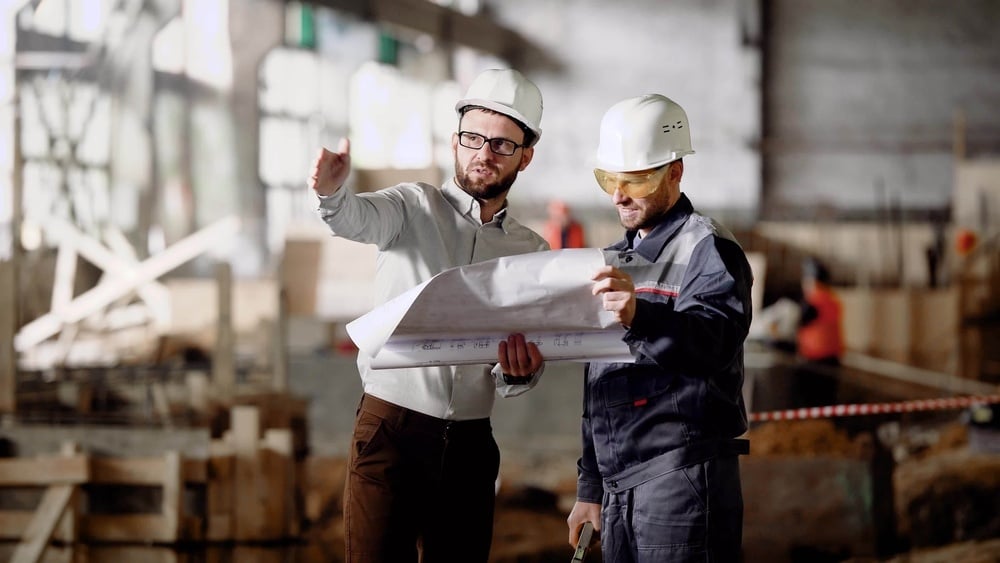Becoming an Urban Designer: Training Guide, Job Roles & Core Competencies
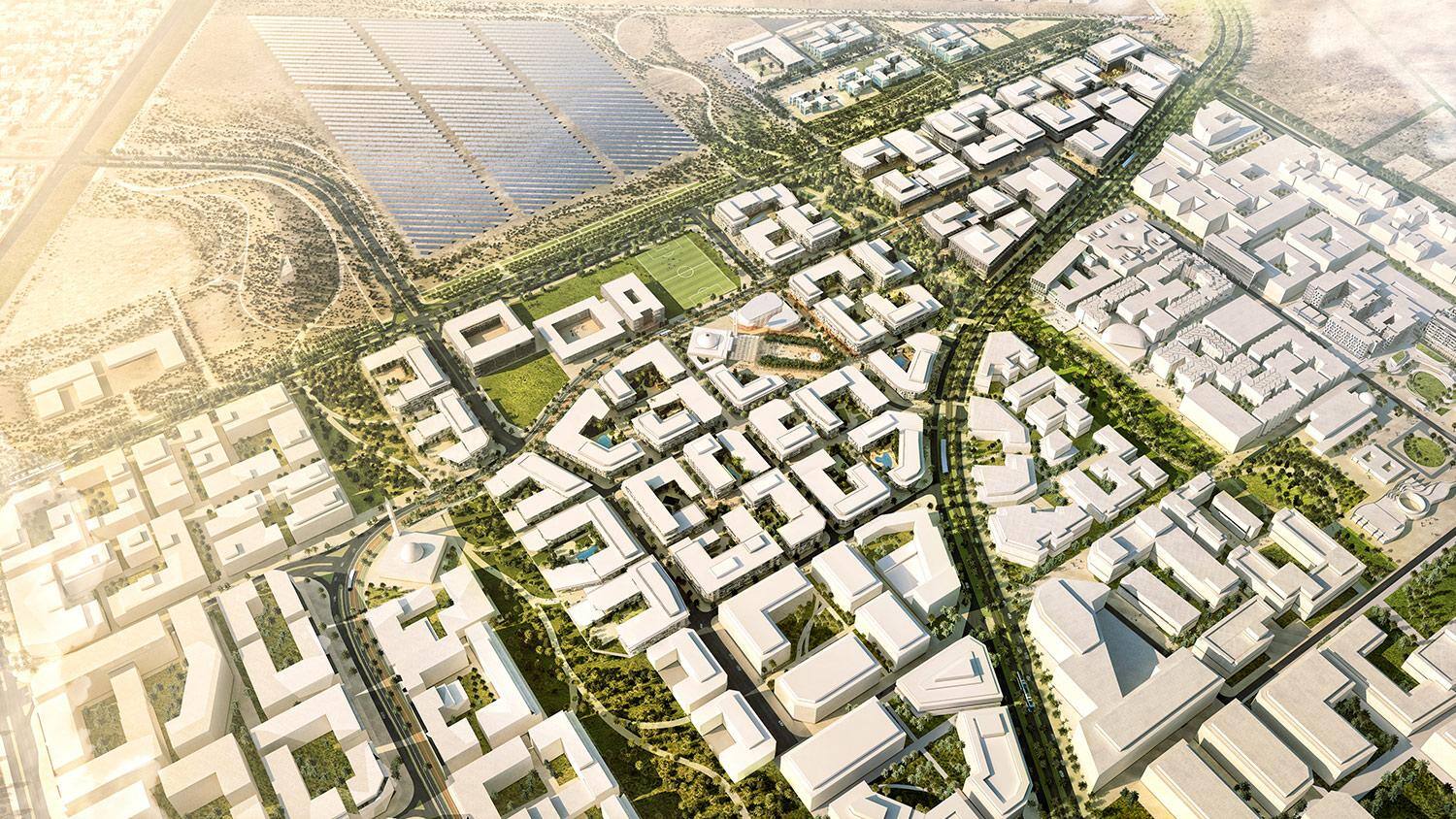
Table of Contents
Cities are accelerators of growth in an economy. They serve as hubs of commerce, culture, and technology, attracting businesses and a skilled workforce to drive development. The dense networks of people and institutions in cities facilitate the exchange of ideas and collaboration, leading to higher productivity and the creation of new industries. Through these mechanisms, cities not only contribute significantly to national GDP but also act as incubators for the advancements and solutions needed to address global challenges. Therefore, designing cities to meet their ever-evolving needs is of utmost importance in the modern world.
What is Urban Design?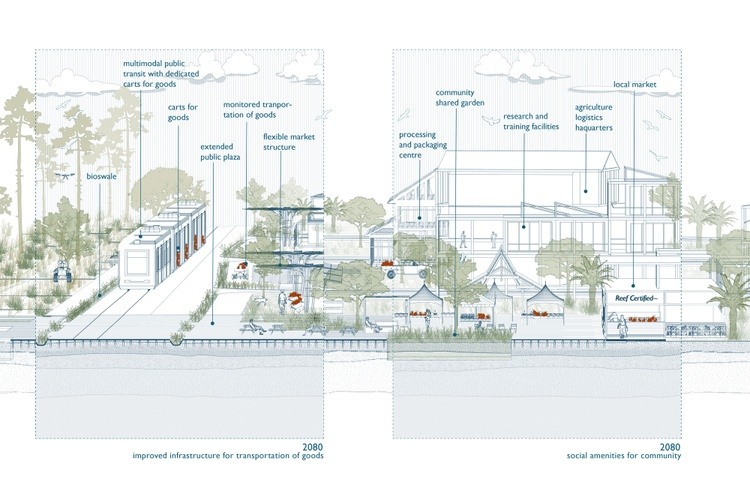
Urban design & planning is one of the most sophisticated segments of spatial designing that deals with the planning and development of cities. The fundamentals of urban design involve having a deep understanding of architecture, landscape design, urban planning, and social dynamics that help enhance the quality of life of people in cities.
1. Top 7 Principles of Urban Design
The concept of urban design relies on a group of core theories that determine the course of action for city planning. So, let’s explore seven of these key principles.
-
Connectivity
Connectivity ensures ease of movement through a network of well-connected streets, paths, and public spaces. It reduces travel time, encourages walking and cycling, and enhances public transportation efficiency, making urban areas more vibrant and socially cohesive.
-
Mixed-Use Development
As one of the key principles of urban design, mixed-use development integrates residential, commercial, and recreational spaces within a single area. This reduces the need for long commutes, fosters community interaction, and boosts economic activity by bringing amenities closer to residents.
-
Walkability
Walkability measures how friendly an area is to walking, featuring safe, comfortable, and engaging pedestrian environments. Prioritising walkability improves public health, reduces traffic congestion, and creates lively, attractive urban spaces.
-
Sustainability
Sustainability focuses on creating environments that meet present needs without compromising future generations. It includes green spaces, energy-efficient buildings, and sustainable transportation, thereby reducing the ecological footprint of cities.
-
Public Spaces
Public spaces like parks and plazas foster social interaction and community engagement. Well-designed public spaces enhance urban livability and contribute to residents' mental and physical well-being, providing places to gather and relax.
-
Character
Character refers to the unique identity and sense of place in architecture and urban design. It involves preserving historic features, incorporating local culture, and designing aesthetically pleasing environments that reflect the community's values and heritage.
-
Adaptability
Adaptability allows urban environments to evolve with changing needs and conditions. Flexible spaces and infrastructure accommodate future growth and technological advancements, making cities more resilient and responsive to unforeseen challenges.
2. Five Elements of Urban Design

Based on a theory by the American urban planner Kevin Lynch, the image of a city is perceived based on the following 5 elements of urban design.
-
Paths
These are the channels along which people move. They include streets, sidewalks, trails, and other routes that guide pedestrian and vehicular traffic.
-
Edges
These define and separate one area from another. The key examples include walls, buildings, and waterfronts that form boundaries and create distinct urban spaces.
-
Districts
These are regions with a recognisable identity or character, often defined by function, land use, or history. Districts can range from commercial centres to residential neighbourhoods.
-
Nodes
These are strategic points of focus within an urban area where significant activity or interaction occurs. Nodes often include plazas, squares, or important junctions that serve as gathering places.
-
Landmarks
These are prominent physical features or symbols that help with orientation and create a sense of place. If you are wondering, landmarks can be natural, like mountains or rivers, or man-made, such as monuments or iconic buildings.
Also Check out: Explore How Parametric Urban Design is Helping Build the Cities of Tomorrow?
Understanding the Role of an Urban Designer

If you are looking for urban designer jobs, the first step towards achieving that goal is to fully understand what this profession encompasses. So, here’s everything you must do for urban design and planning.
1. Who is an Urban Designer?
An urban designer is a professional who designs the layout of cities to create cohesive and livable environments. They focus on the big picture, considering how buildings, public spaces, transportation systems, infrastructure, and natural environments interact with each other to enhance the quality of life for residents.
2. Key Responsibilities of Urban Designers
- Developing plans for neighbourhoods, cities, and regions, ensuring functional and aesthetically pleasing environments.
- Urban designers study the environmental, social, and economic aspects of urban areas to inform their designs.
- Working with architects, city planners, government officials, and the community to create urban designs that meet diverse needs.
- Integrating sustainable practices into their designs to create resilient urban areas that can withstand environmental challenges.
- Professionals in urban designer jobs ensure their designs comply with zoning laws, building codes, and other regulations.

3. Urban Designer Salary in India
The salary of an urban designer in India varies based on experience, location, and the type of employer. Here’s a breakdown:
- Urban designer salary with 0-2 years of experience can be in the range of INR 4,00,000 to INR 6,00,000 per year.
- Professionals in urban design with 3-7 years of experience earn between ₹6,00,000 and ₹8,00,000 per year.
- Urban designer salary for experienced professionals with 8+ years of experience can earn between ₹8,00,000 and ₹10,00,000 or more per year, especially in prominent firms or high-demand locations.
4. Difference Between Urban Design, Urban Planning, and Architecture
Are you confused about what distinguishes architecture and urban designs or urban design & planning? If yes, then here’s a comparison table that can help.
|
Parameter |
Urban Design |
Urban Planning |
Architecture |
|
Focus |
Physical layout and design of urban spaces |
Land use, policy, and regulation |
Design and construction of individual buildings |
|
Scale |
Neighbourhoods, public spaces, entire cities |
Cities, regions, and municipalities |
Single buildings or complexes |
|
Scope of work |
Creating cohesive and functional environments |
Developing policies and plans for land use |
Designing structures for functionality and aesthetics |
|
Collaboration |
Works with architects, planners, and engineers |
Works with government officials, community, and developers |
Collaborates with engineers, contractors, and clients |
|
Examples |
Designing parks, plazas, streets, and neighbourhoods |
City master plans, zoning maps, transportation plans |
Residential homes, office buildings, skyscrapers |
How to Become an Urban Designer?

Professionals who want to set up their own urban design studio or simply want to associate with leading urban design firms on projects of significance must have the following qualifications.
1. Relevant Degrees & Programs
To land urban designer jobs, you typically need a relevant educational background. Most urban designers hold a degree in one of the following areas:
- Bachelor’s Degree: A bachelor’s degree in architecture, landscape architecture, or urban planning is a common starting point.
- Master’s Degree: Pursuing an urban design masters programs or a related field can provide specialised knowledge and skills.
- Certification Programs: Additional certification programs in urban design can enhance your qualifications and expertise.
2. Coursework and Specialisations
Urban design programs cover a wide range of subjects to equip students with the necessary skills and knowledge. The course curriculum typically includes a string of things related to urban designer job description such as:
- Urban Theory and History: Understanding the evolution of urban spaces and the theoretical foundations of urban design.
- Site Planning and Analysis: Techniques for analysing and planning urban sites, including environmental and social factors.
- Urban Design Studio: Practical, hands-on projects where students apply design principles to real-world scenarios.
- Sustainable Design: Principles and practices for creating environmentally friendly and resilient urban spaces.
- GIS and Mapping: Using Geographic Information Systems (GIS) and other mapping tools to analyse and visualise urban data.
- Public Policy and Urban Development: Exploring the relationship between urban designs and public policy, including zoning and land use regulations.
What are the Essential Skills to Become an Urban Designer?

People with urban designer jobs play a crucial role in shaping the physical environments of cities, making them functional, sustainable, and aesthetically pleasing. Here are the essential skills needed to excel as an urban designer:
1. Technical Skills
- Mastery of tools like Revit, Rhino, Navisworks, ArchiCAD, and GIS software is essential for creating detailed plans and visualisations.
- Understanding local regulations and standards is critical to ensure designs are compliant with legal requirements.
- Skills in assessing site conditions, topography, and environmental factors to inform design decisions.
2. Analytical Skills
- Ability to gather, interpret, and apply data related to demographics, traffic patterns, and environmental impact.
- Developing innovative solutions to urban issues such as congestion, sustainability, and public safety.
- Understanding the economic and social implications of design decisions to create inclusive and equitable urban spaces.
3. Creative Skills
- Ability to conceptualise and envision future urban landscapes that enhance the quality of life.
- An eye for design, colour, and form to create harmonious and attractive urban designs.
- Working with stakeholders, including architects, planners, government officials, and the community, to bring creative ideas to life.
4. Urban Designer Job Description

Urban designer jobs involve a diverse range of tasks and responsibilities, including:
- Creating comprehensive plans for neighbourhoods, parks, commercial areas, and entire cities.
- Analysing physical site conditions and constraints to inform design proposals.
- Engaging with architects, engineers, planners, government officials, and community members to develop and refine design projects.
- Communicating design concepts and plans through detailed reports, visualisations, and presentations.
- Integrating sustainable design principles to create resilient and environmentally friendly urban spaces.
- Keeping abreast of the latest trends, technologies, and best practices in urban design.
Also Check out: 5 Best Urban Design Firms in India To Work With
Top 5 Courses and Training to Become an Urban Designer
Gaining mastery in urban design architecture involves immense learning through conventional classroom training and online upskilling. So, let’s have a look at some of the top programs that people with urban designer jobs can pursue to further upskill after their academic qualifications have been achieved.
1. BIM Professional Course by Novatr
The BIM Professional Course is a one-of-a-kind urban design certificate program that is designed to equip learners with advanced skills in Building Information Modeling (BIM), a crucial technology in modern urban design.
Course Curriculum:
- Fundamentals of BIM and its applications in urban design.
- Hands-on training with BIM tools like Revit and Navisworks.
- Techniques for managing BIM projects, including coordination and collaboration.
- Creating detailed and complex models for urban projects.
- Real-world examples to illustrate the use of BIM in urban design.
2. Urban Design for the Public Good: Dutch Urbanism by DelftX
Offered by DelftX on edX, this course focuses on the Dutch approach to urban planning and design. The course touches upon all aspects of an urban designer job description as mentioned below:
Course Curriculum:
- History and principles of Dutch urban design.
- Strategies for designing inclusive and functional public spaces.
- Integrating sustainable practices into urban design.
- Case studies of successful urban projects in the Netherlands.
3. An Introduction to Accessibility and Inclusive Design by UIUC
Hosted by Coursera, this urban design certificate course from the University of Illinois at Urbana-Champaign emphasises the importance of accessibility and inclusivity in urban design.
Course Curriculum:
- Principles of designing for all users, including those with disabilities.
- Understanding accessibility laws and standards.
- Methods for creating accessible urban spaces.
- Approaches to involving diverse users in the design process.

4. Shaping Urban Futures by Indian Institute for Human Settlements
Also hosted by Coursera, this program prepares learners for urban designer jobs by exploring the challenges and opportunities in shaping the future of urban areas, particularly in developing countries.
Course Curriculum:
- Analysis of global and regional urbanisation patterns.
- Understanding the role of policies and governance in urban development.
- Strategies for sustainable urban growth.
- Techniques for involving communities in urban planning.
5. Smart Cities by ETHx
ETHx offers a comprehensive urban design certificate course on smart cities. Powered by edX, this program focuses on the integration of technology in urban design.
Course Curriculum:
- Defining smart cities and their components.
- Exploring IoT, AI, and other technologies in urban design.
- Using data to improve urban services and infrastructure.
- Ensuring smart cities are sustainable and resilient to challenges.
In Conclusion
As cities continue to evolve, urban design job descriptions will increasingly require technological upskilling to keep pace with advancements in the field. Emerging technologies like BIM, GIS, and smart city technologies will revolutionise how urban environments are planned, designed, and managed. As such, continuous learning and technological adaptation will be essential for urban designers to remain relevant and effective.
If you want to become an urban designer with future-relevant skills, check out the BIM Professional Course for Architects and Urban Designers by Novatr. This is a unique urban design certificate course that delves into the nitty-gritty of BIM processes that can be highly beneficial for urban design projects. Throughout the course, you will get the opportunity to learn from industry experts and work on ISO and RIBA-certified capstone projects. It is a cohort-based program that will provide you a platform to interact with your peers and mentors to grow your professional horizons. Additionally, Novatr provides placement assistance for its course participants to unlock work opportunities in AEC firms across the globe. Check out the course today.
Explore our Resources page to learn about the latest trends and technologies in the built environment.

 Thanks for connecting!
Thanks for connecting!


.png)
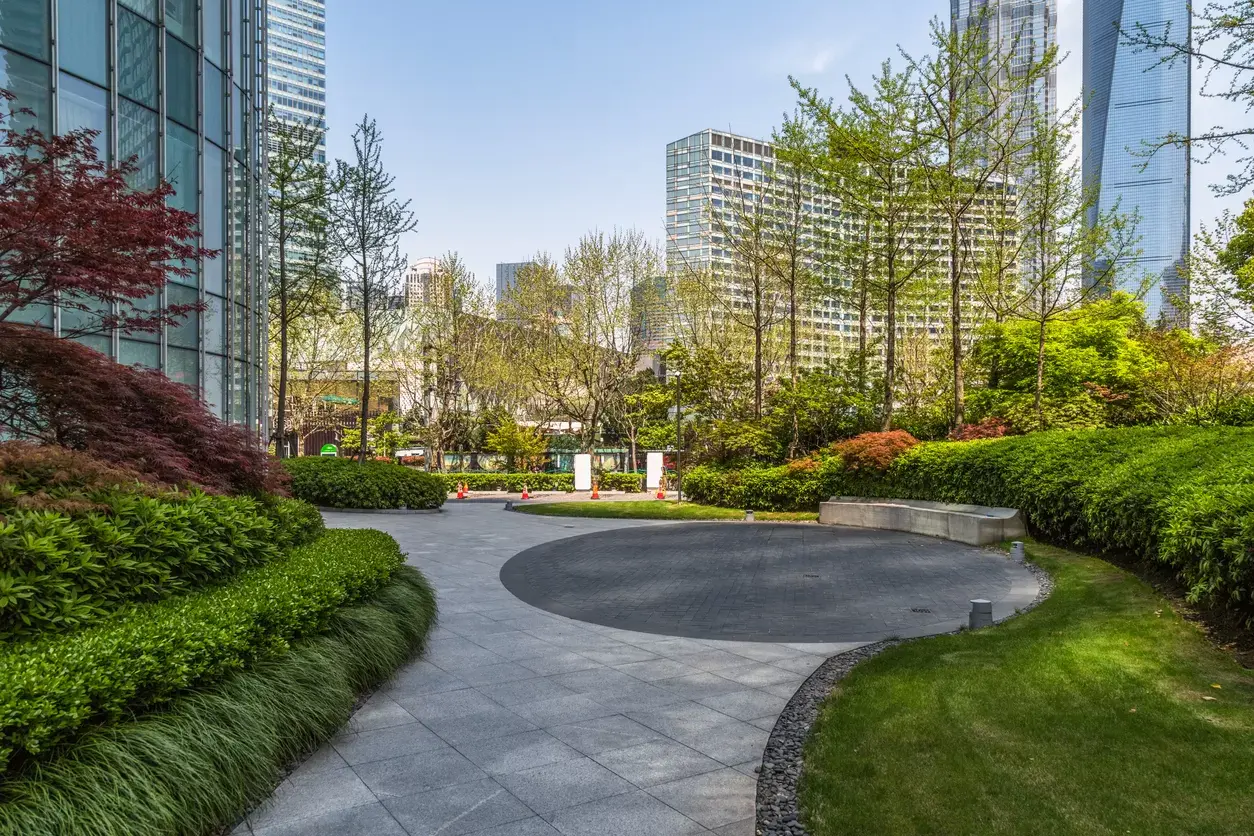
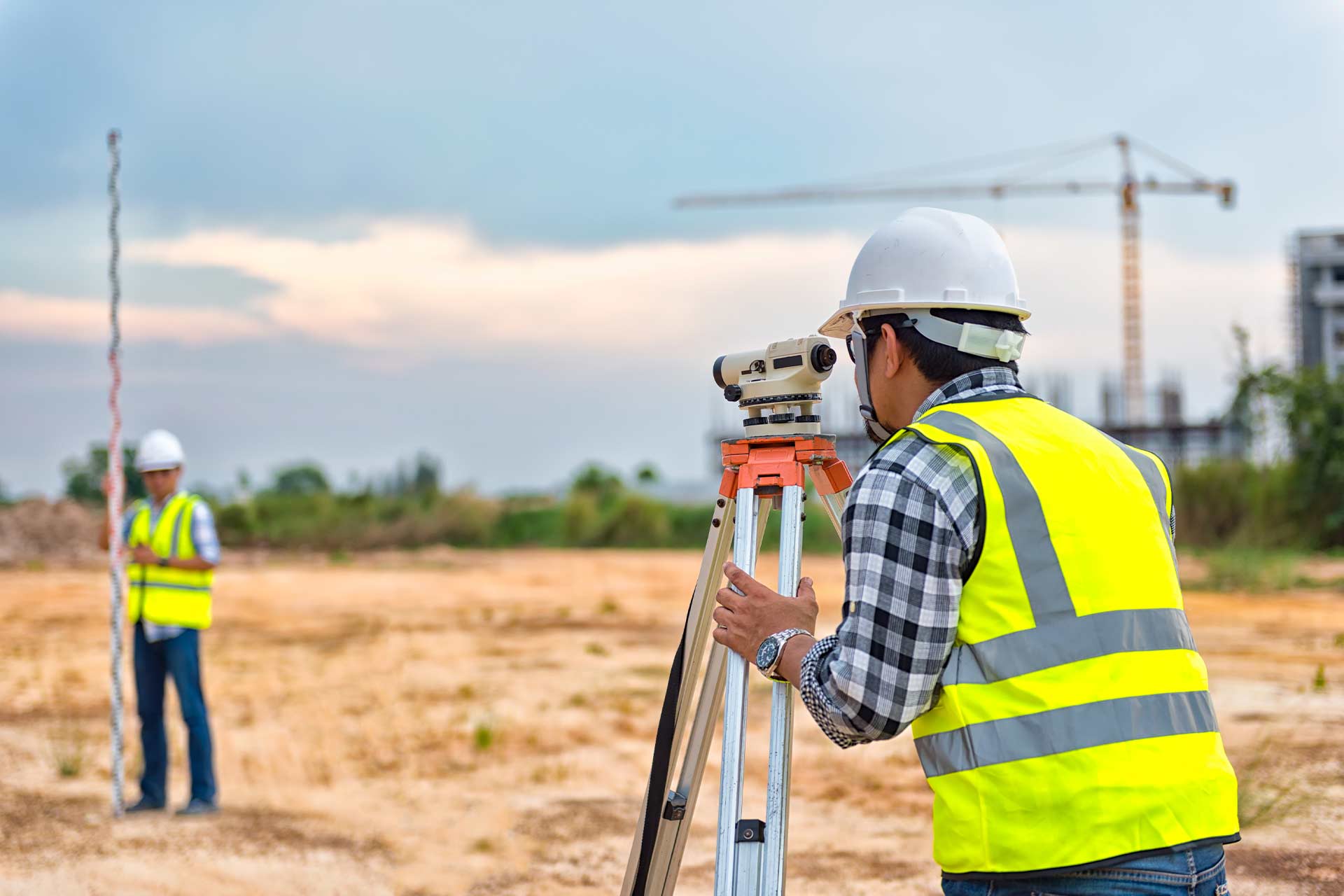
.jpg)
